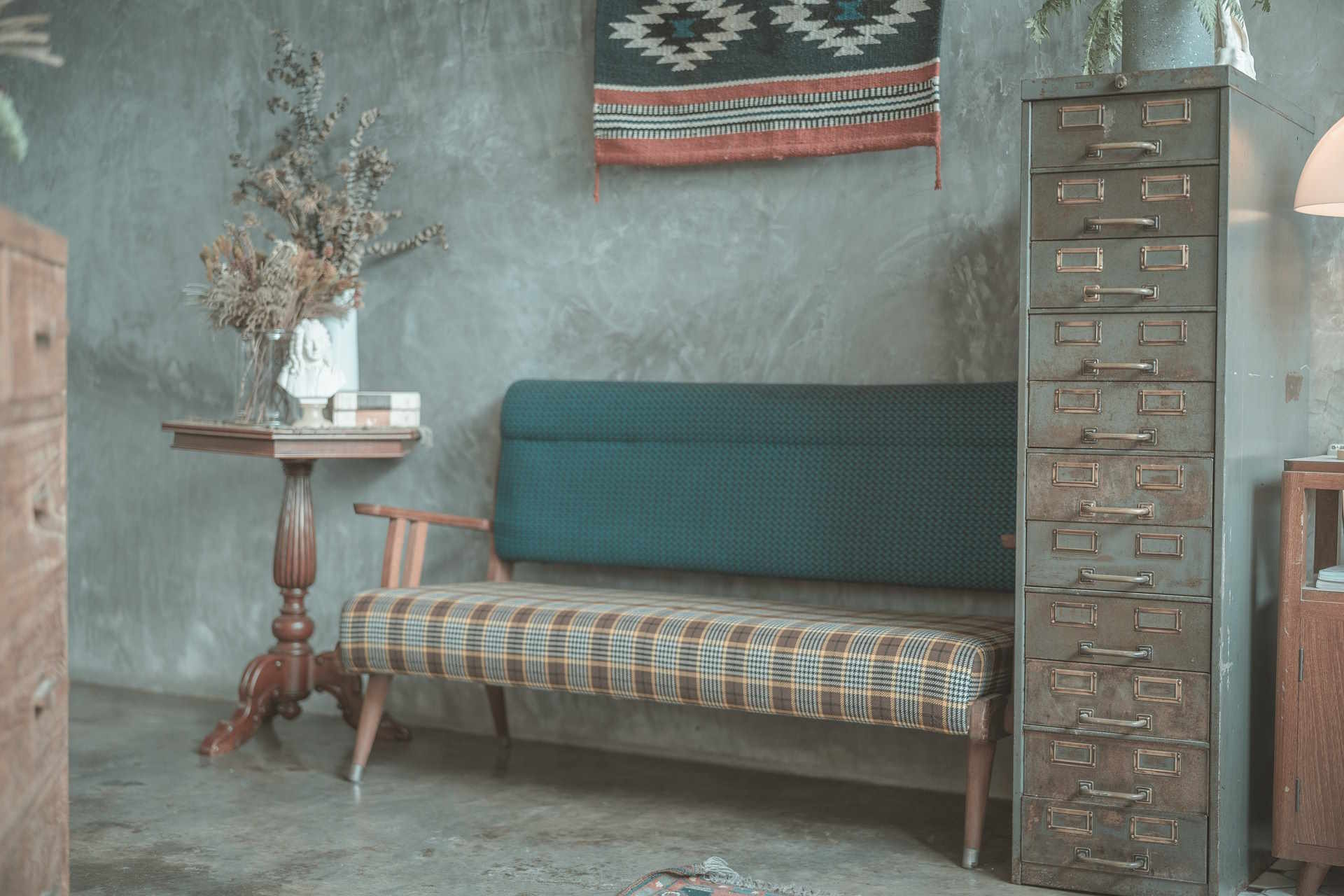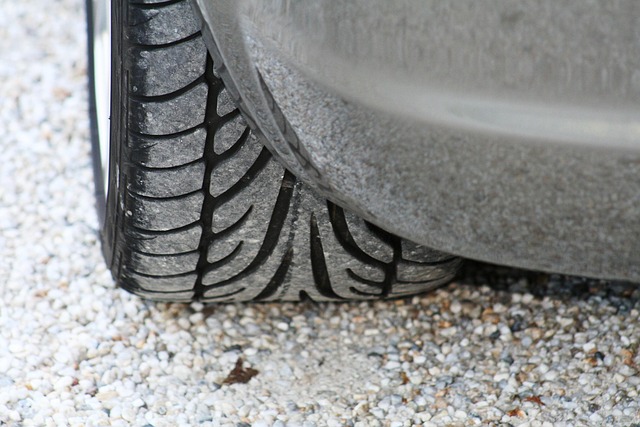Precise Minimalism: The Allure of the Wabi-Sabi Home Aesthetic
Wabi-sabi, a lesser-known design trend in the U.S., is quietly making its way into homes nationwide. This aesthetic, centered on embracing imperfection and the beauty of natural aging, offers a fresh spin on minimalism. Delve into its historical roots, current market trends, and the practicality of incorporating this unique aesthetic into your home.

Wabi-Sabi: The Beauty of Imperfection
Wabi-sabi is a fundamental concept in Japanese aesthetics, emphasizing the beauty of imperfection, transience, and simplicity. Born from Zen Buddhism, it encourages an appreciation for the authentic, unpolished beauty of everyday life. This stark contrast to Western ideals of flawlessness and permanence provides a refreshing shift in perspective.
Modern Interpretations in American Homes
In recent years, the rustic allure of wabi-sabi has found its way into American homes. It encourages homeowners to embrace natural materials, handmade items, and a muted color palette. From cracked pottery to distressed wooden furniture, wabi-sabi champions the philosophy that true elegance lies in simplicity and authenticity.
Practicality of Wabi-Sabi
Besides its aesthetic appeal, adopting wabi-sabi can significantly improve your home’s comfort. By promoting a less cluttered environment, it can enhance peace and relaxation. Moreover, the preference for handmade, durable materials supports long-lasting decor pieces that will withstand time, reducing the frequency and cost of home makeover projects.
Market Trends and Adoption
The wabi-sabi aesthetic is steadily gaining popularity, albeit more discreetly than flashier trends. Home decor retailers are now offering pieces that reflect this aesthetic, from irregularly shaped ceramics to linen bedding in earthy tones. This increased availability is allowing more homeowners to adopt this calming, minimalist aesthetic.
How Wabi-sabi Enhances Daily Living
The adoption of wabi-sabi goes beyond interior decor—it’s a lifestyle. It encourages us to slow down, appreciate the imperfections in our surroundings, and find beauty in the ordinary. By incorporating this aesthetic into our homes, we adopt a mindset that can significantly contribute to a more tranquil, fulfilling way of life.
In conclusion, wabi-sabi offers a fresh perspective to home design, simultaneously providing a calming environment and an appreciation for the beauty of natural aging and imperfection. As this trend continues to infiltrate American homes, it promises a shift towards more mindful, sustainable living.




